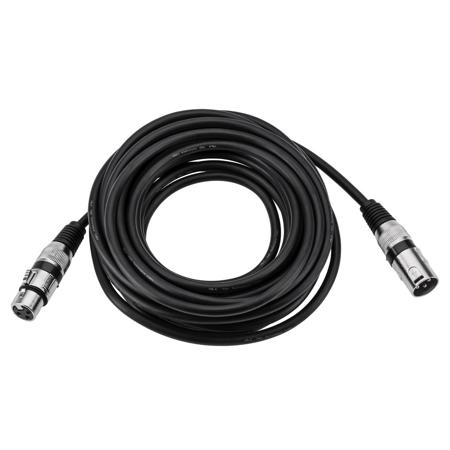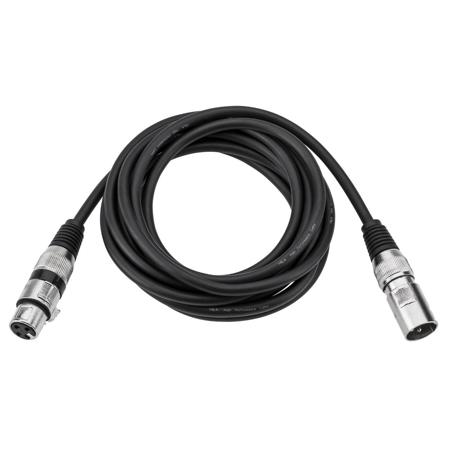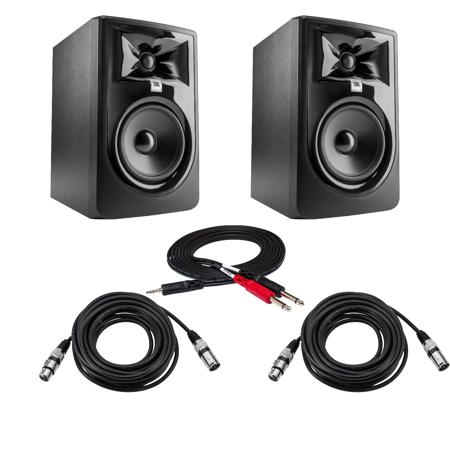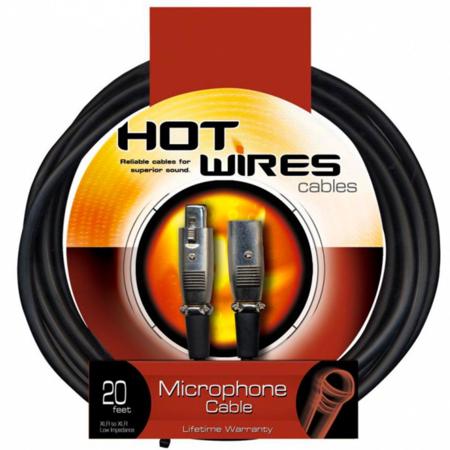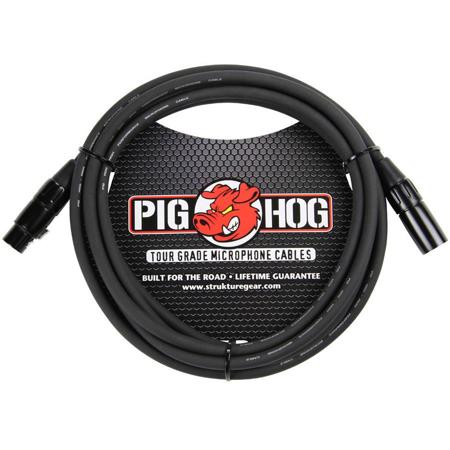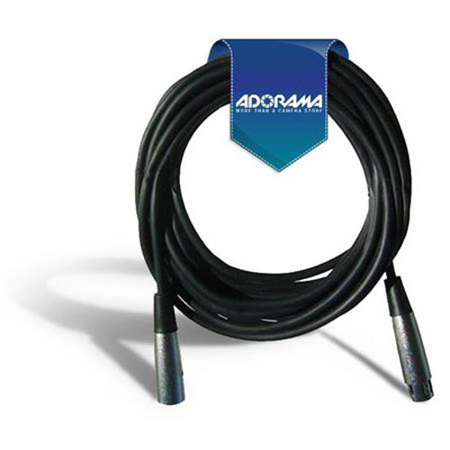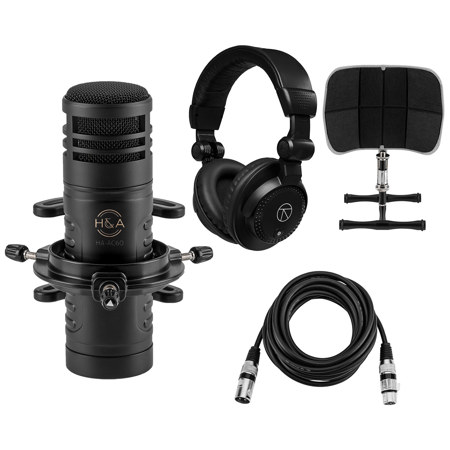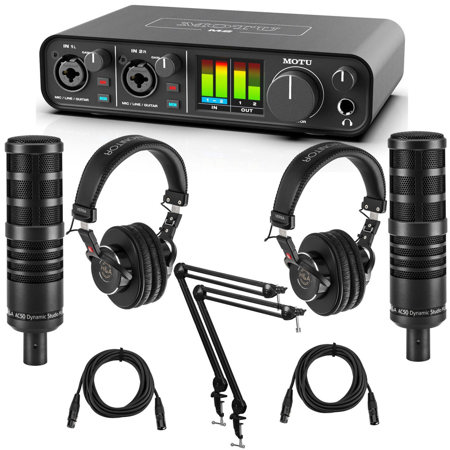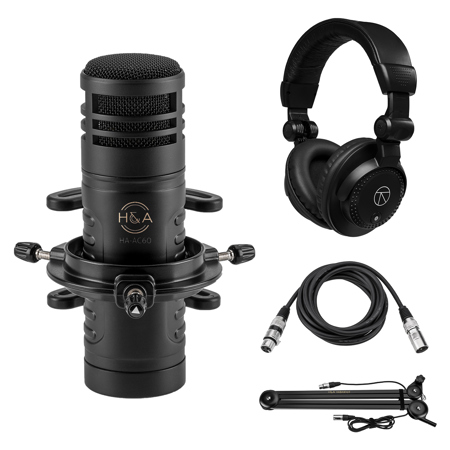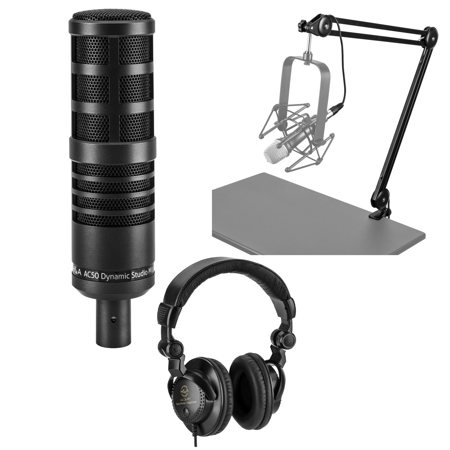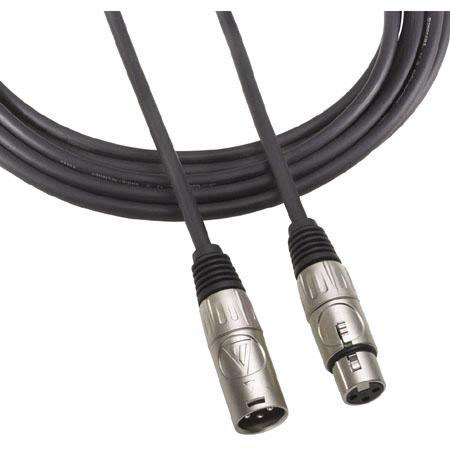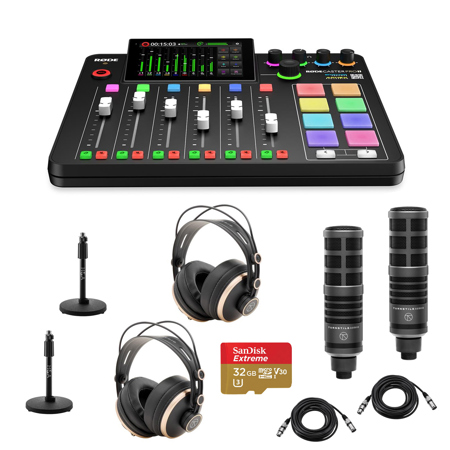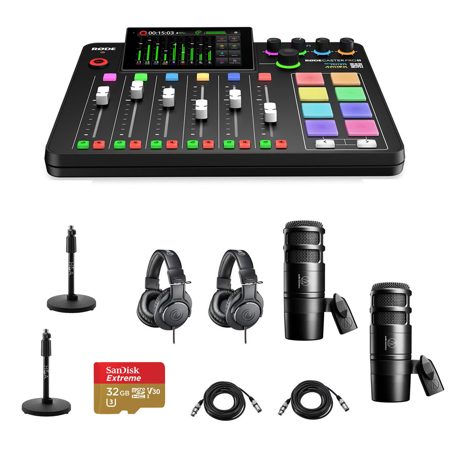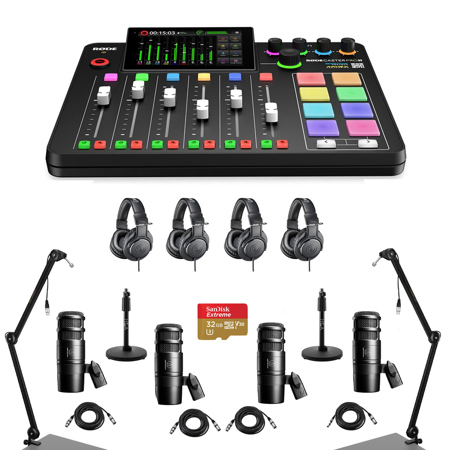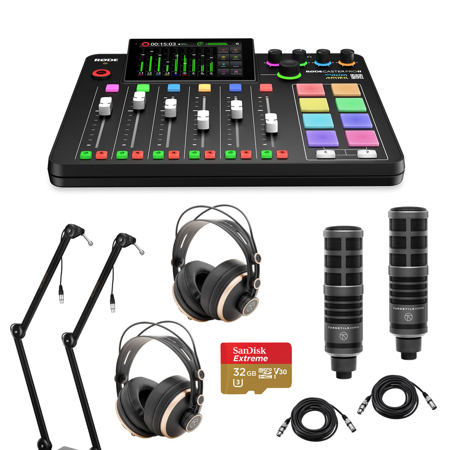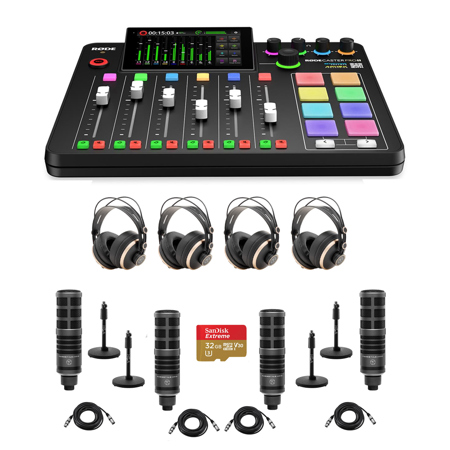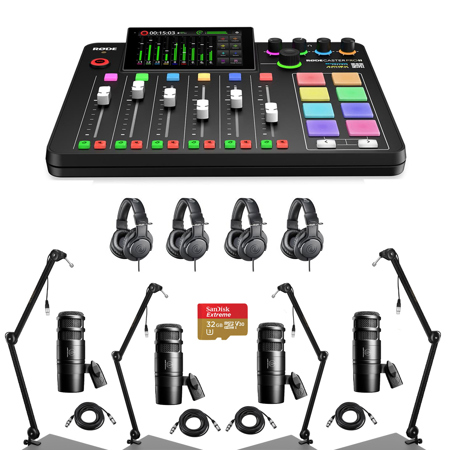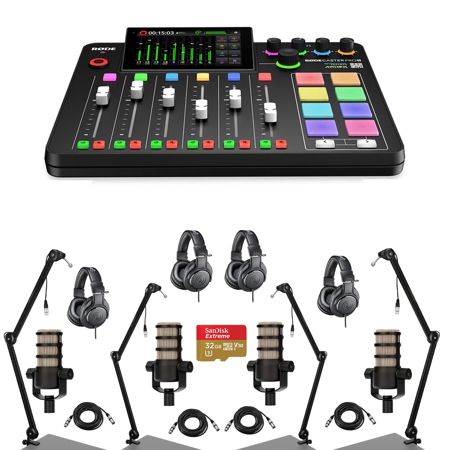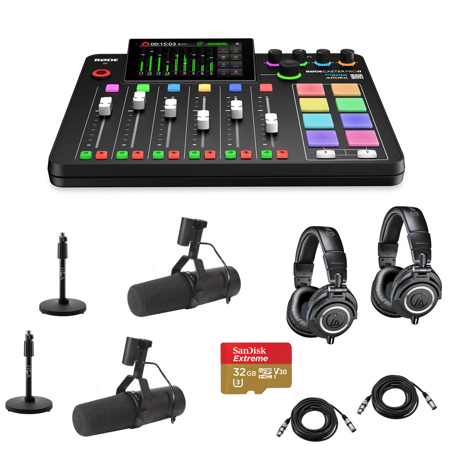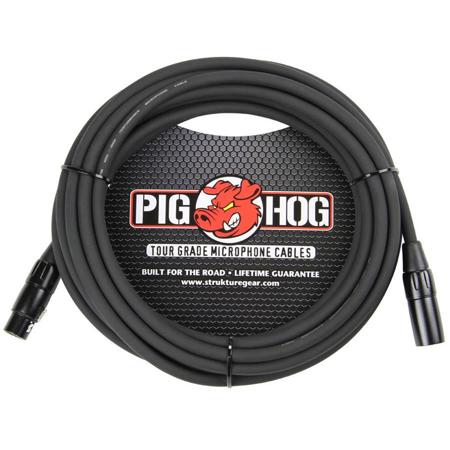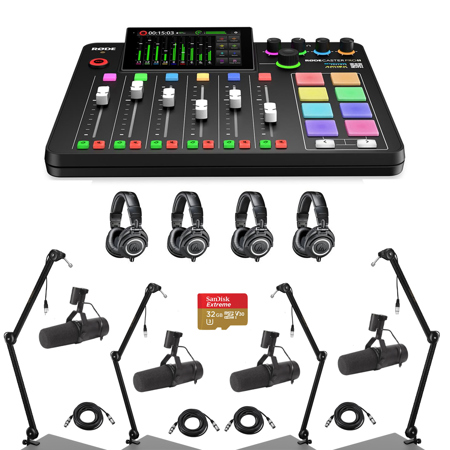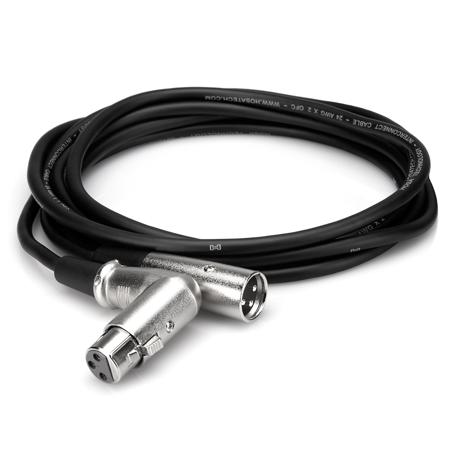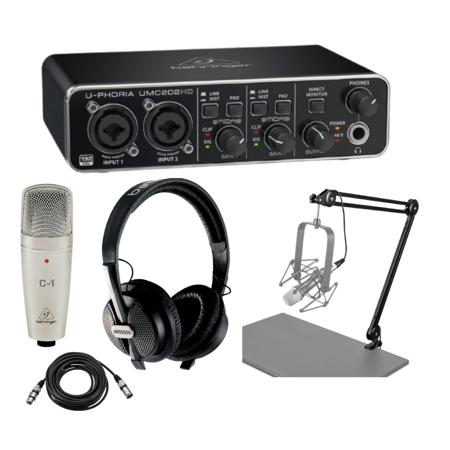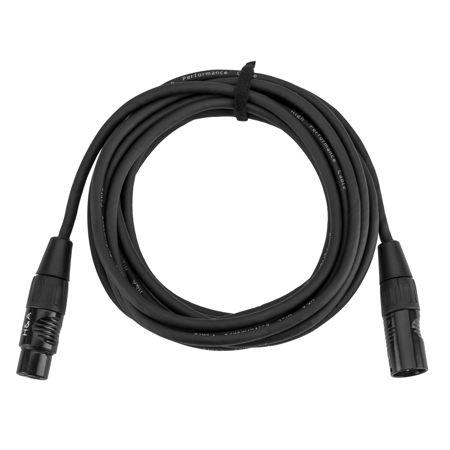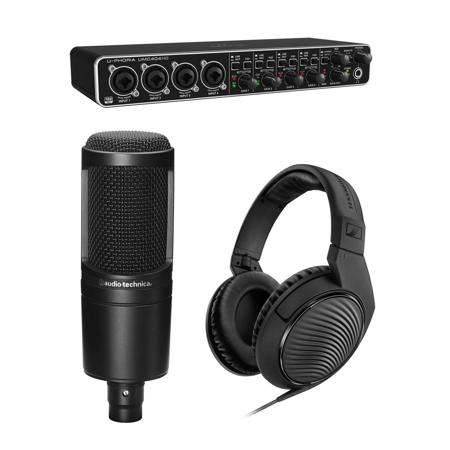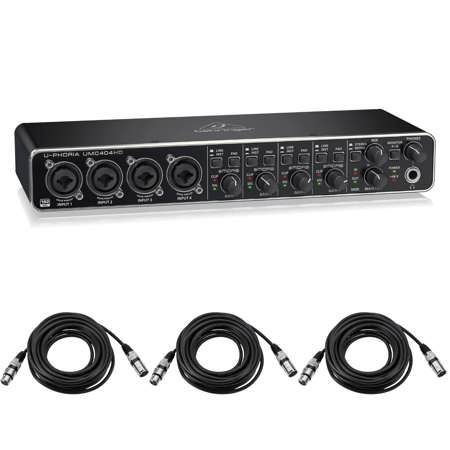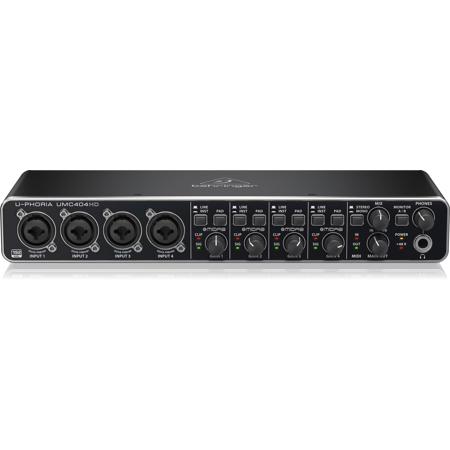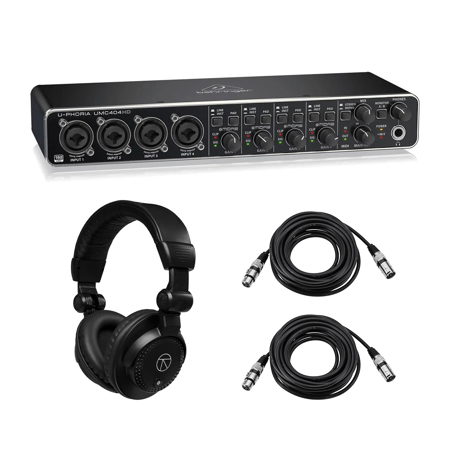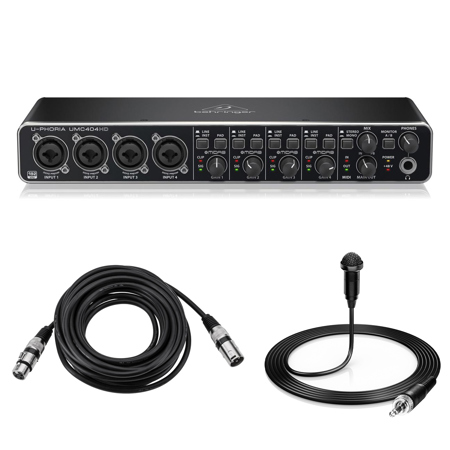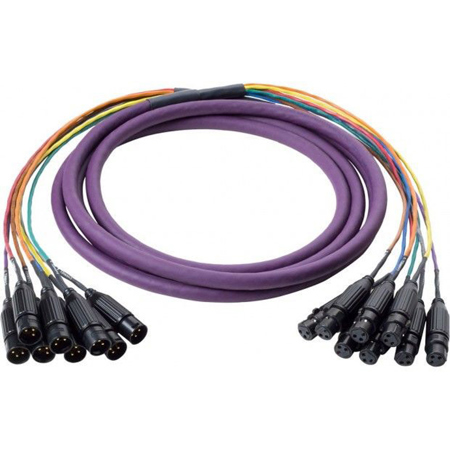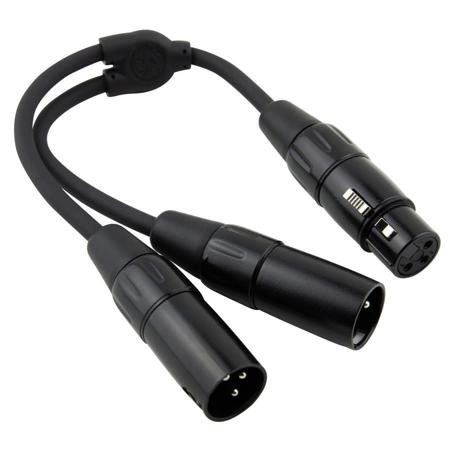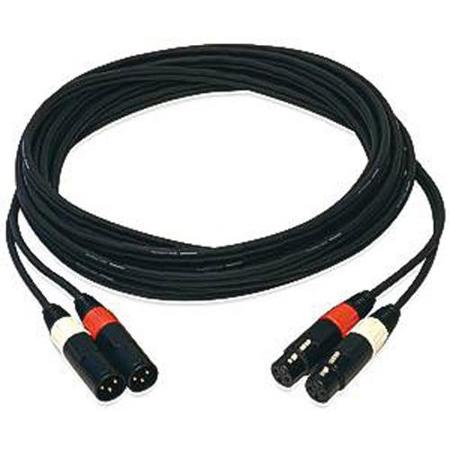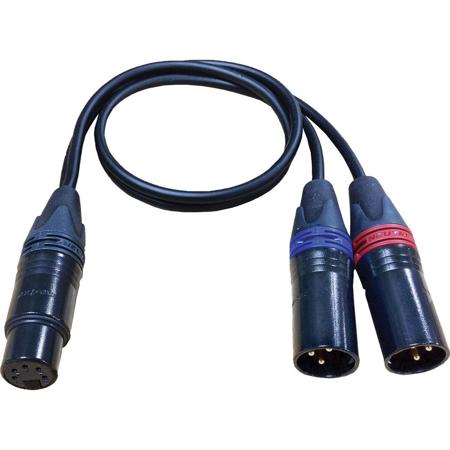Xlr Cables For Recording Studios
In the world of audio production, the humble XLR cable is a silent workhorse, essential to the fabric of every professional and home recording studio. These cables are the backbone of reliable signal transmission, trusted for their balanced connections that help eliminate unwanted noise and interference. Whether you’re setting up a sprawling cable studios design for a commercial facility or building a cozy home studio in a spare room, the choice of XLR cables makes a tangible difference in your final sound. As spring transitions into summer and creative projects blossom, many musicians, podcasters, and content creators find themselves refreshing their gear or expanding their setups. XLR cables are a thoughtful and practical gift for audio engineers, aspiring producers, or anyone passionate about capturing pristine sound. They’re not just for the pros—students learning audio engineering, bands recording demos, and even hobbyists podcasting from home all benefit from having dependable XLR cables in their kit.
Quality and durability are key factors to consider when selecting XLR cables for recording studios. A well-constructed cable will have robust connectors, flexible yet tough outer jackets, and proper shielding to ensure longevity and performance, even with frequent plugging and unplugging. Length is another important consideration; shorter cables are ideal for minimizing signal loss in tight spaces, while longer runs are necessary for larger rooms or connecting distant microphones. In studios where multiple microphones or instruments need to be connected simultaneously, organization becomes crucial. This is where specialized solutions like XLR Snake Cables come into play, streamlining setups and reducing clutter for a more efficient workflow. Investing in premium XLR cables can save time and frustration in the long run—no more troubleshooting mysterious hums or dropouts during a critical take. Many seasoned engineers recall moments when a single faulty cable threatened to derail a session, underscoring the value of reliable gear.
For those designing or upgrading a recording space, XLR cables are as fundamental as microphones or monitors. They’re the threads that connect every piece of equipment, from preamps to audio interfaces, ensuring that each nuance of a performance is faithfully captured. As daylight lingers longer and creative energy surges with the season, now is an ideal time to assess your studio’s cable needs and make sure you’re equipped for any project that comes your way. Whether you’re wiring up a vocal booth, setting up drum overheads, or patching in outboard gear, having the right XLR cables on hand means you can focus on the music, not the mechanics. Thoughtfully chosen cables contribute to a clean, organized studio environment and instill confidence every time you press record—knowing that your signal path is as clear and uncompromised as your creative vision.
Quality and durability are key factors to consider when selecting XLR cables for recording studios. A well-constructed cable will have robust connectors, flexible yet tough outer jackets, and proper shielding to ensure longevity and performance, even with frequent plugging and unplugging. Length is another important consideration; shorter cables are ideal for minimizing signal loss in tight spaces, while longer runs are necessary for larger rooms or connecting distant microphones. In studios where multiple microphones or instruments need to be connected simultaneously, organization becomes crucial. This is where specialized solutions like XLR Snake Cables come into play, streamlining setups and reducing clutter for a more efficient workflow. Investing in premium XLR cables can save time and frustration in the long run—no more troubleshooting mysterious hums or dropouts during a critical take. Many seasoned engineers recall moments when a single faulty cable threatened to derail a session, underscoring the value of reliable gear.
For those designing or upgrading a recording space, XLR cables are as fundamental as microphones or monitors. They’re the threads that connect every piece of equipment, from preamps to audio interfaces, ensuring that each nuance of a performance is faithfully captured. As daylight lingers longer and creative energy surges with the season, now is an ideal time to assess your studio’s cable needs and make sure you’re equipped for any project that comes your way. Whether you’re wiring up a vocal booth, setting up drum overheads, or patching in outboard gear, having the right XLR cables on hand means you can focus on the music, not the mechanics. Thoughtfully chosen cables contribute to a clean, organized studio environment and instill confidence every time you press record—knowing that your signal path is as clear and uncompromised as your creative vision.
